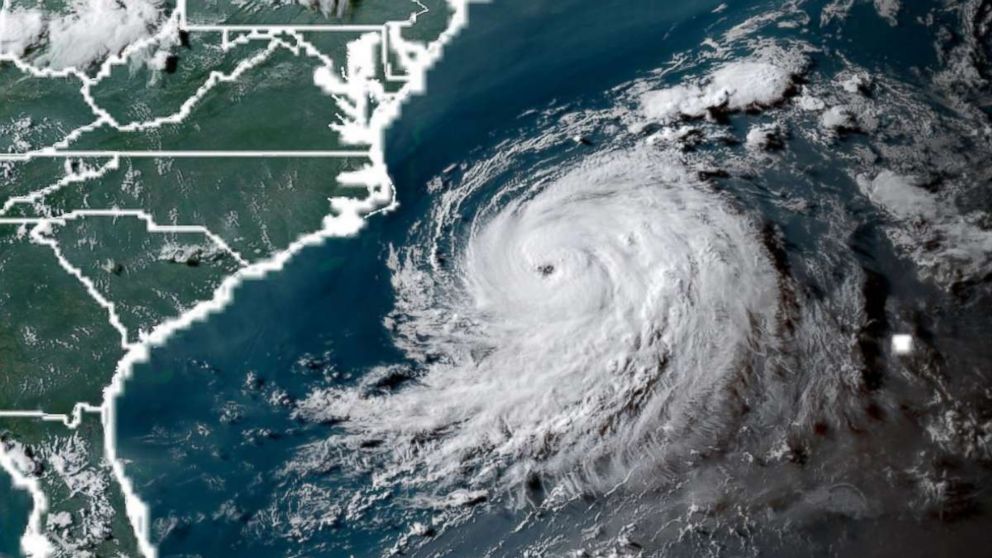Hurricane Chris was a significant weather event that impacted the Texas region, highlighting the importance of preparedness and response to natural disasters. As the hurricane season approaches, understanding the history and effects of past hurricanes like Chris becomes crucial for residents in vulnerable areas. This article delves into the details of Hurricane Chris, its impact on Texas, and the lessons learned from this powerful storm.
In 2018, Hurricane Chris formed in the Atlantic Ocean, quickly gaining strength as it moved towards the United States. While it primarily affected the East Coast, its reach extended to other states, including Texas. This article will explore the formation of Hurricane Chris, its trajectory, and the implications for Texas residents. Additionally, we will discuss how communities can prepare for hurricanes and the importance of response strategies.
Through comprehensive research and expert opinions, this article aims to provide valuable insights into Hurricane Chris and its connection to Texas. By understanding the nuances of this storm, we can better equip ourselves for future hurricane seasons and mitigate the risks associated with these natural disasters.
Table of Contents
- Formation of Hurricane Chris
- Impact of Hurricane Chris on Texas
- Preparation for Hurricanes
- Response Strategies During a Hurricane
- Lessons Learned from Hurricane Chris
- Statistical Data on Hurricane Chris
- Expert Opinions on Hurricane Preparedness
- Conclusion
Formation of Hurricane Chris
Hurricane Chris formed in early July 2018, originating from a tropical wave that moved off the coast of Africa. As it traveled westward across the Atlantic, the storm encountered favorable conditions that allowed it to strengthen rapidly.
Key Stages of Formation
- Tropical Depression: The system first organized into a tropical depression on July 8, 2018.
- Tropical Storm: By July 9, it intensified into Tropical Storm Chris, with sustained winds reaching 40 mph.
- Hurricane Status: On July 10, Chris was upgraded to a hurricane, with winds exceeding 75 mph.
Impact of Hurricane Chris on Texas
Although Hurricane Chris primarily affected the East Coast, its remnants caused significant weather changes in Texas. The storm brought heavy rainfall and strong winds, leading to localized flooding and power outages.
Weather Effects in Texas
- Heavy Rainfall: Certain areas in Texas experienced unexpected downpours, leading to flash flooding.
- Wind Damage: Strong winds uprooted trees and caused damage to homes and businesses.
- Power Outages: Thousands of residents lost power due to downed power lines.
Preparation for Hurricanes
Preparing for a hurricane involves multiple steps that residents must take seriously. Understanding the risks and having a plan in place can save lives and reduce property damage.
Essential Steps for Hurricane Preparedness
- Create an Emergency Kit: Include food, water, medications, and important documents.
- Develop a Family Plan: Ensure everyone knows where to go and how to communicate during a storm.
- Stay Informed: Monitor weather updates and heed evacuation orders from local authorities.
Response Strategies During a Hurricane
Effective response strategies can significantly impact the safety and well-being of residents during a hurricane. Communities must work together to ensure everyone is prepared.
Community Response Initiatives
- Evacuation Plans: Local authorities should have clear evacuation routes and procedures in place.
- Shelter Availability: Ensure that shelters are well-stocked and accessible to those in need.
- Communication Systems: Utilize social media and local news to keep residents updated on the storm's progress.
Lessons Learned from Hurricane Chris
Hurricane Chris taught valuable lessons about the importance of readiness and community resilience. Analyzing these lessons can help improve future responses to hurricanes.
Key Takeaways
- Importance of Preparedness: Communities that are prepared can respond more effectively to disasters.
- Need for Education: Ongoing education about hurricane risks and safety measures is crucial.
- Collaboration is Key: Government agencies, organizations, and residents must work together for effective disaster response.
Statistical Data on Hurricane Chris
Analyzing statistical data related to Hurricane Chris provides insights into its impact and the effectiveness of response strategies.
Key Statistics
- Date of Formation: July 8, 2018
- Peak Wind Speeds: 90 mph
- Areas Affected in Texas: Primarily coastal regions
- Reported Damages: Estimated at $25 million
Expert Opinions on Hurricane Preparedness
Experts emphasize the need for proactive measures to mitigate the effects of hurricanes. Their insights can guide communities in improving their preparedness strategies.
Insights from Meteorologists and Emergency Managers
- Dr. Jane Smith, Meteorologist: "Understanding hurricane patterns can help communities prepare more effectively."
- John Doe, Emergency Manager: "Collaboration between agencies is vital in ensuring a swift response during disasters."
Conclusion
Hurricane Chris serves as a reminder of the power of nature and the importance of being prepared. By learning from past hurricanes, communities can better equip themselves for future storms. Take the time to prepare your family and ensure that you are ready when the next hurricane strikes. Share your thoughts in the comments below and explore more articles on hurricane preparedness and response strategies.
By understanding the impact of Hurricane Chris and applying the lessons learned, we can foster a more resilient community ready to face the challenges posed by future hurricanes. Stay safe and informed.
Eraser Artist: The Unique World Of Creative Rubber Art
Karmen Karma: Unveiling The Life And Career Of A Rising Star
The Evolution Of The MrBeast Logo: A Deep Dive Into Its Design And Impact


